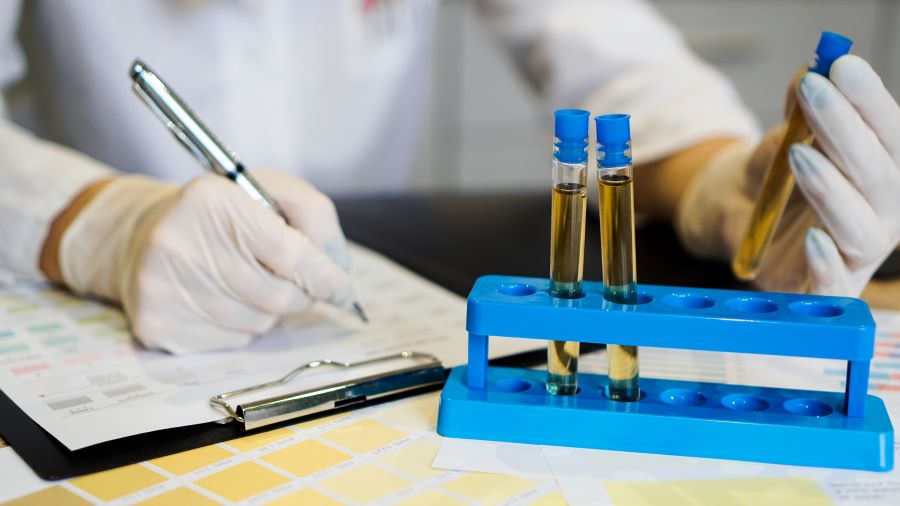Omega-3 fatty acids are essential for health—supporting the heart, brain, and a balanced inflammatory response. The two heavy hitters, EPA (eicosapentaenoic acid) and DHA (docosahexaenoic acid), are most abundant in fish oils (with some plant-based options for ALA).
But these delicate fats can spoil. Oxidation erodes potency, creates off-flavors, and can generate unwanted byproducts. The fastest way to gauge an oil’s freshness is its TOTOX value.
What Is Lipid Oxidation?
Lipid oxidation is the main way oils go bad. Oxygen reacts with unsaturated fatty acids, kicking off a chain reaction:
-
Primary oxidation → forms hydroperoxides
-
Secondary oxidation → hydroperoxides break down into aldehydes, ketones, alcohols, and acids
What you’ll notice: rancid smell/taste and reduced nutritional quality.
Meet TOTOX: The Freshness Score
TOTOX (Total Oxidation Value) captures both early and late oxidation, giving a single, practical freshness metric.
Formula:
TOTOX = 2 × Peroxide Value (PV) + Anisidine Value (AV)
-
Peroxide Value (PV): Early-stage oxidation (hydroperoxides). High PV = recent exposure to heat/light/oxygen.
-
Anisidine Value (AV): Later-stage oxidation (aldehydes/ketones). High AV = breakdown has progressed, affecting taste and safety.
Quality Benchmarks (GOED Guidelines)
To help keep omega-3 supplements safe and effective, the Global Organization for EPA and DHA Omega-3s (GOED) recommends:
-
PV: ≤ 5 meq/kg
-
AV: ≤ 20
-
TOTOX: ≤ 26
Staying within these limits supports potency, palatability, and consumer safety.
Why Oxidation Matters for Your Health
Omega-3 supplements are oxidation-prone because EPA and DHA are highly unsaturated. When oxidation shoots past safe thresholds:
-
Benefits drop: less reliable heart/brain/anti-inflammatory support
-
Byproducts rise: more off-flavors and potentially irritating compounds
Independent testing shows real-world variability between products—another reason to pay attention to TOTOX.
How to Choose (and Keep) Fresh Omega-3s
When buying:
-
Look for brands that publish or share PV/AV/TOTOX test results.
-
Prefer freshness-protective packaging (dark bottles, blister packs) and recent production dates.
-
Choose products stored cool and out of light at retail.
At home:
-
Store cool, dark, and tightly sealed.
-
Minimize oxygen and heat exposure.
-
Use by the best-by date.
-
Trust your senses: an overt fishy smell/taste is a red flag.
Bottom Line
EPA and DHA deliver real benefits—but only if the oil is fresh. TOTOX gives you a clear, practical snapshot of oxidation. Choose brands that test and disclose PV/AV/TOTOX, and store your supplements well to preserve their effectiveness.
References
-
Jackowski, S. A., et al. Oxidation levels of North American over-the-counter n-3 (omega-3) supplements and the influence of supplement formulation and delivery form on evaluating oxidative safety. Journal of Nutritional Science, 2015.
-
Wai, W. T., Saad, B., & Lim, B. P. Determination of TOTOX value in palm oleins using a FI-potentiometric analyzer. Food Chemistry, 2009.




